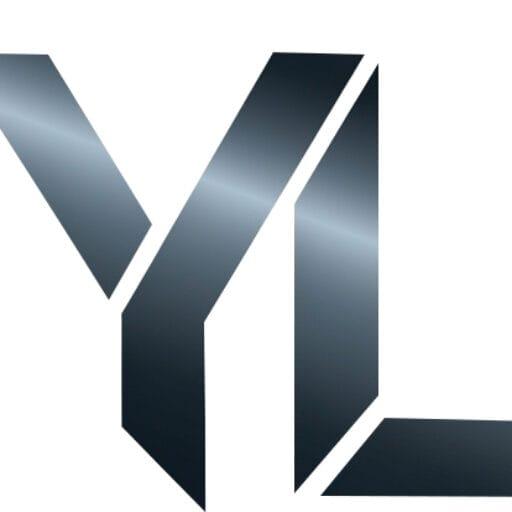What are the best methods to prevent corrosion in aluminum parts?
What are the best methods to prevent corrosion in aluminum parts? Read More »
FAQWhen it comes to maintaining the integrity of aluminum parts—whether they’re used in aerospace, automotive, or everyday products—corrosion is a serious issue. One of the compelling things about aluminum is that, while it’s lightweight and […]









